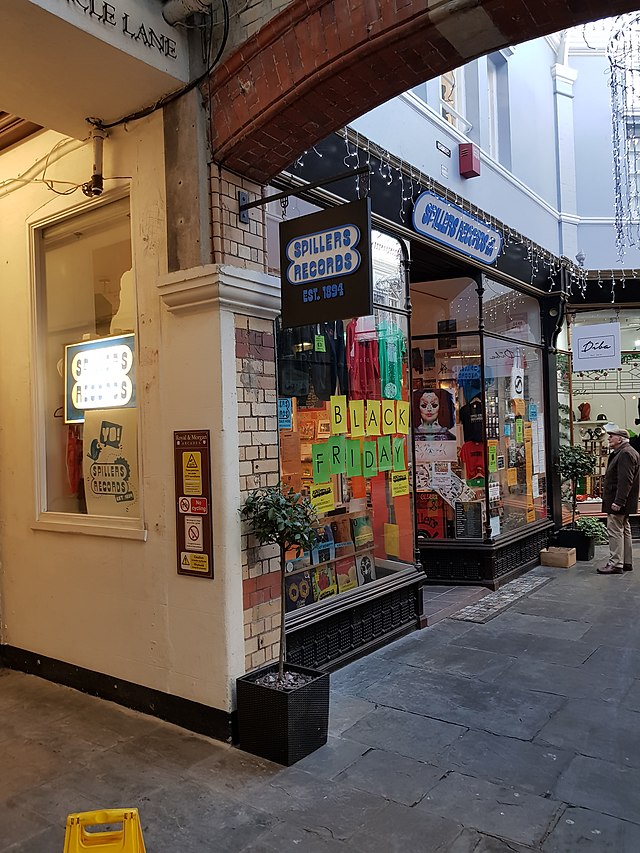With a minute population of around 350,000, Cardiff is one of Europe’s smallest capital cities. Nonetheless, the Welsh capital can be regarded as one of the continent’s most sensational underrated gems. It is a user-friendly, well-laid-out city for tourists, with various low-cost activities. Not to mention cultural, artistic and historical spots to discover.
Cultural
Cardiff is a thriving and dynamic creative capital city with a rich cultural heritage. If you are searching for your next cultural city break, you don’t have to leapfrog over the British Isles to locate a proper scene. Visiting Cardiff will leave you infatuated with the abundance of cultural attractions, remarkable arts organisations and impressive curated programmes.
On top of innovative performing arts organisations with international status, such as The Welsh National Opera and National Theatre Wales, the city has many cultural sites to visit, including the National Museum. National Museum Cardiff is a museum and art gallery part of the broader network of Amgueddfa Cymru – Museum Wales. Entry is kept free due to a grant from the Welsh Government, allowing you to explore the contemporary art from Monet to dinosaurs and mammoths (oh my).
Cardiff’s Principality Stadium (the Millennium Stadium) was originally built to host the Rugby World Cup in 1999. It has a capacity of 74,500, and at present, sporting events and concerts take centre stage. It is the second-largest stadium in the world with a fully retractable roof (the largest is the AT&T Stadium in Texas).
Cardiff is one of Britain’s greenest cities in the UK (at #4), with 400 green spaces across the capital. Bute Park is the city’s main park and comprises beautiful landscaped gardens and parkland that were once part of the grounds of Cardiff Castle. From natural history to heritage, the gardens are one of the most defining elements of Cardiff’s landscapes.
In addition, Cardiff is the place to be if you are looking for a vibrant night out! As the capital city of Wales, Cardiff is renowned for its lively nightlife and diverse entertainment options. One particular stand-out is Cardiff University’s student club, which allows entry to all students no matter which university you attend, as long as you have a valid student card, giving you access to affordable drinks in the venue and an opportunity to socialise with young college students from different cultural backgrounds. A night out in Cardiff promises an array of captivating experiences, from lively pubs to live music. Cardiff’s nightlife has something for everyone.
When it comes to culture in Cardiff, there’s something for everyone: a burgeoning music scene; one of the largest collections of impressionist artwork in the world; The Art Fund Museum of The Year 2019 and Europe’s first immersive arts venue.
Artistic
Furthermore, Cardiff has an artistic edge over many of its tourist attractions to look into. Cardiff is home to the world’s oldest record store, Spiller Records. Queens Arcade housed the record store, founded in 1894 by Henry Spiller. When the shop opened, vinyl was not yet the norm (that took another half a century); sound recordings at the time came via wax cylinders or heavy discs made of hard rubber or shellac and mainly were a cost-ineffective novelty, with Spiller Records selling phonographs and wax records to play on the phonographs. Nowadays (located in the Morgan Arcade), the store sells a variety of forms of media, tickets to concerts, and occasionally hosts some gigs.
Moreover, the beloved storyteller and author, Roald Dahl, was born in Llandaff, Cardiff, in 1916. Today, the Norwegian Church Arts Centre building and the nearby Oval Basin in the heart of Cardiff Bay have been reverentially renamed Roald Dahl Plass, opened in 2000 to honour and commemorate the literary giant. The plaza is also a filming location for Doctor Who and the spin-off series Torchwood.
Historical
Many people overlook Wales, which receives less attention than its neighbouring countries despite its vast history and array of unbelievable historical figures. With its dense history, Cardiff is the tale of two cities: the city of castles and the city of arcades. Cardiff claims the largest concentration of castles of any city in the world. The landmark castle in the city is Cardiff Castle, dating as far back as the 10th century. The hilltop fortification is explored by millions every year, making it Wales’ most visited attraction. St. Fagans Castle and Castell Coch are other prominent historical sites in the city. Steeped in history and soul, the castles are impressive sights to behold.
Cardiff is not only known for its castles but is also known as the City of Arcades. Cardiff maintains Britain’s largest concentration of Victorian, Edwardian and modern-day shopping arcades. There are seven Victorian and Edwardian arcades that visitors can browse while enclosed by this mediaeval architecture.
The city also has a rich history with its port, as Cardiff Bay was once the world’s biggest coal port. It is now Europe’s most extensive waterfront development, with 2,700 acres of derelict land redesigned into an extensive complex full of staggering attractions, including the Techniquest Science Centre, Roald Dahl Plass, The Wales Millennium Centre and the Welsh Government Offices.
The underrated Welsh capital amalgamates Roman ruins with the Norman invasion, as well as mediaeval and Victorian expansion with a contemporary spin. As a city with 2,000 years of history, defined by formidable industrial success, all fused to create a trendy, modern, medium-sized capital with plenty of free, classical and unique landmarks, it offers something for people of all ages and interests. I could not recommend travelling to Cardiff as a college student any more!






